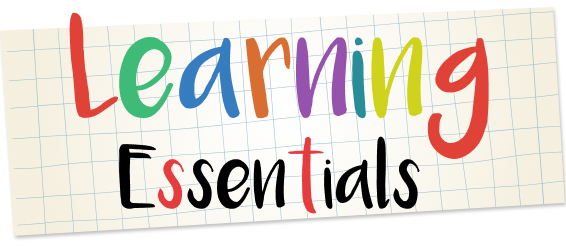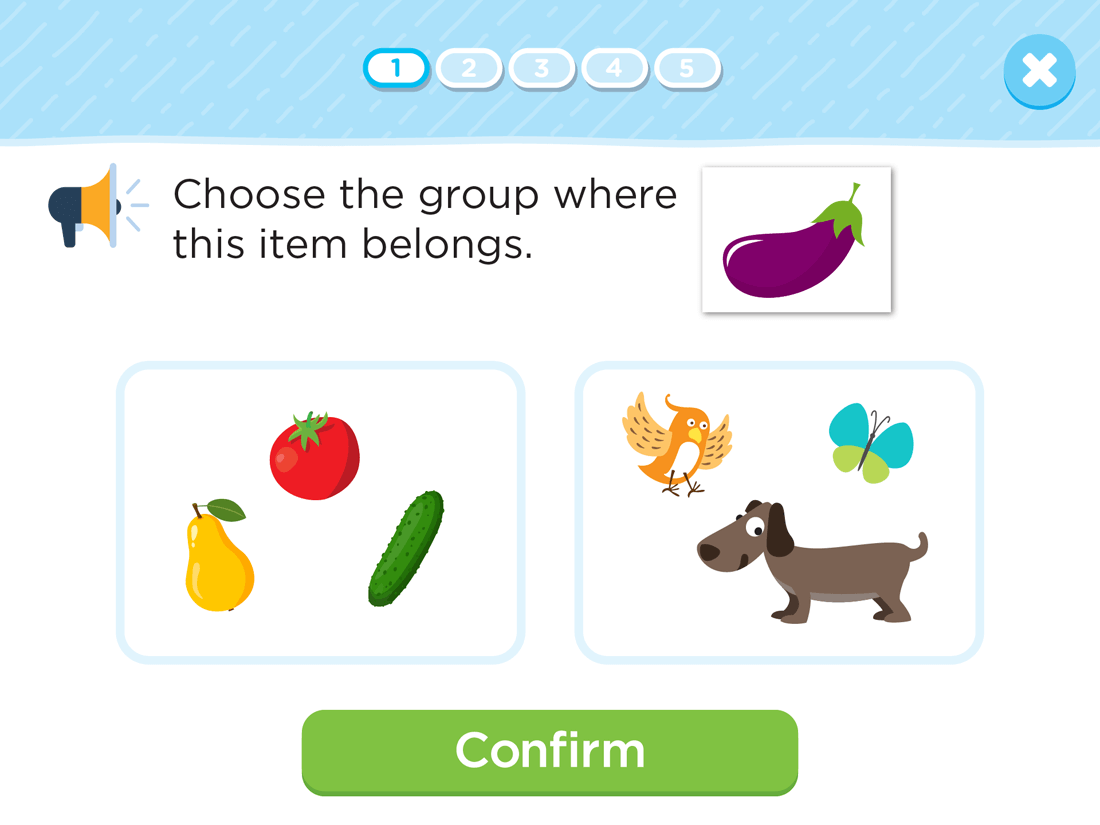
Sorting Essential Activities for Kindergarten
Videos
(1/2)
Sorting Objects into 3 Groups
This is one of the fantastic categorical training exercises that is taught to kids before preschool about how to sort objects into groups. This is the thing that a child starts understanding from the time he/she starts to observe different things with different behaviors. Just like when a specific call voice of their father or mother is heard by a kid, they will start to run to them. Because they have categorized the multiple voices into categories and they can understand the difference.
The problem is some kids face difficulty in categorizing multiple diverse objects and situation, or they are just not much conscious about their surrounding diversity. Here at preschool sorting objects classes, they will be taught all about that. Children sort and classify multiple objects by organizing the basic understanding of the language, about the people and the certain objects of their surrounding environment. Each and every new word and unique experience that is attached to the new venture of encounter and is also cataloged with it. This new experience will let your child begin to self-construct an observatory understanding different parts’ relation to each other and with the environment. The sorting of objects for kid’s first step where your kid will learn the core observation skills of sorting, matching and classifying.
The sorting objects will help your kid to learn where the right place for everything is and thus they will move that thing to its real place. This is that skills which most of us parents lack, we have to put everything in its own place whether that thing is a person or any other thing. Your kid will learn this basic skill and will always keep everything and everyone in their places. It is time that you teach your kid how to sort objects into groups in preschool classes so he can be a better and smart person in the future.
Sorting objects in preschool is a necessary and vital skill. Sorting teaches and reinforces so many concepts! Colors, shapes, sizes, describing words, vocabulary, logic, and reasoning are learned when preschool and kindergarten students sort. The simple act of sorting objects by color, size or shape prepares students for challenging problem solving as they get older. The video depicts a scene that many students recognize. A friendly elephant is playing in some leaves in a park. The season is fall, so there are many leaves of different colors on the ground. The elephant then sorts the leaves in different ways. The leaves are sorted by shape. Oak leaves are put in one heap and Maple leaves in another. The leaves are different sizes as well so the leaves are sorted into piles of big and little leaves. And finally, the leaves are sorted by color. The animation in the video is fun and inviting for young students and the language is easy to understand. In addition to the video and digital games, hands-on sorting objects activities for preschoolers are found everywhere in the home and school environment. Sorting toys by color, shape, and size is a fun activity. Students enjoy sorting themselves by hair color, shirt color or by who is wearing shorts or pants. Sorting pom poms, shells and even cereal are great ideas! Once preschoolers master the basics, they are ready for more difficult activities with sorting objects in kindergarten. Ask kindergarten students to sort objects by two attributes such as by gender and clothing. For example, sort girls wearing pants and boys wearing pants. Use this video to introduce sorting to kindergarteners or as a reteaching or introduction activity to grade-level K math. Sorting preschool activities are an integral part of math instruction for young learners. This video engages and teaches students with bright, inviting animation and a story that allows children to “see” math in their everyday world.
Quizzes
(1/1)
Sort Objects into Multiple Categories

This quiz assesses students’ ability to sort objects into groups based on physical attributes such as: size, shape, and color.


